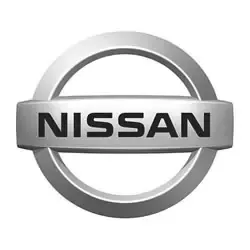Nissan 200SX Tire Pressure
Most common recommended tire pressure for Nissan 200SX can range from 29 psi to 33 psi depending on year of production, trim and OEM tire size, but it maybe different for older models. It is imperative to confirm the exact tire inflation for your Nissan 200SX to ensure safety on the road. Always refer to your vehicle owner's manual for the correct tire pressure designated by vehicle's manufacturer.
Select your Nissan 200SX production year to see its recommended tire inflation.
| Model Year | Front Tires | Rear Tires |
|---|---|---|
| 1998 Nissan 200SX | 29 - 33 psi | 29 - 33 psi |
| 1997 Nissan 200SX | 29 - 33 psi | 29 - 33 psi |
| 1996 Nissan 200SX | 29 - 33 psi | 29 - 33 psi |
| 1995 Nissan 200SX | 29 - 33 psi | 29 - 33 psi |
Recommended Tire Pressure for Nissan 200SX
Maintaining the recommended tire pressure for a Nissan 200SX is crucial for several reasons, all contributing to safety, performance, and cost efficiency. First and foremost, correct tire inflation ensures optimal contact between the tires and the road, significantly enhancing safety by improving handling and braking distances, especially in adverse weather conditions. It also plays a pivotal role in optimizing fuel efficiency; under-inflated tires increase rolling resistance, requiring more engine power (and thus fuel) to move the vehicle, leading to higher fuel consumption. Moreover, tires inflated to the manufacturer's recommended pressure wear more evenly and are less prone to failures, such as blowouts, extending their lifespan and saving money on premature replacements. Additionally, maintaining proper tire pressure supports the vehicle's load-carrying capacity, crucial for avoiding overloading the tires, which can lead to excessive heat build-up and tire failure. For a Nissan 200SX, adhering to the recommended tire pressure is not merely a suggestion but an essential aspect of vehicle maintenance that directly impacts its efficiency, safety, and longevity.

All listed guides, data and/or calculations are for informational purposes only. TirePressure.com does not warrant or make any representations regarding the accuracy of or the results of the use of this information. Always refer to vehicle owner's manual for the correct tire pressure configuration.